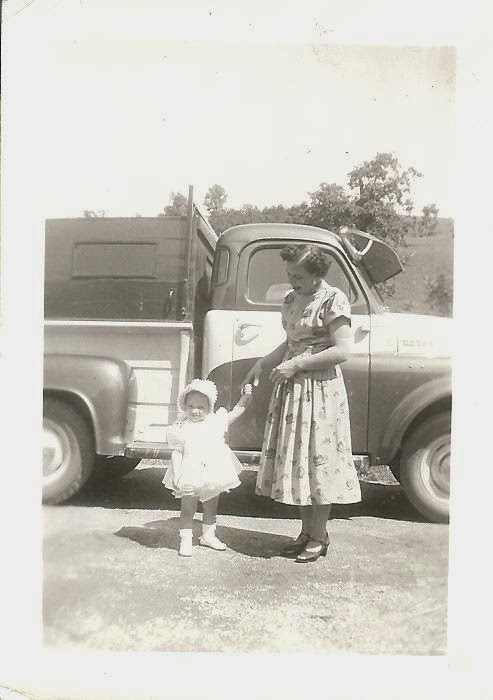This was the eulogy presented at the funeral of Brownley Thornton Stewart on January 8, 2011. He was the last of eight children of Homer Wilson Stewart and Mary Elisabeth Smith to pass away.
We have come to the end of a generation with the passing
of the last living son of Homer and Molly Stewart. They raised six sons and one daughter right
here in this community, in this church, during the depression.
Those who knew them would agree that the Stewart brothers
epitomized brotherhood, fatherhood, and neighborhood. The work ethic and values instilled in them
by their parents served them well. They
supported and cared for each other, their families, and their neighbors. They served their country. They shared everything they had. They earned the trust and respect of all who
knew them. I believe the community
benefited from them living and working here.
The advice and life lessons they gave to their children,
and anyone else who would listen, has served us all well in our lives. The variety of skills they taught us and the
motivation to get the best education possible prepared us for life even in the
worst of times. The Stewart family is
truly blessed to have such a heritage and role models. We got to enjoy their collective wisdom and
unique personalities; we really had six dads.
While we miss them, we have so many memories and are much the wiser for
having them in our lives.
Now the torch has been passed to our generation. We, as a family, are obligated to preserve the
legacy and pass it on; we have big shoes to fill, but they gave us the tools to
be successful citizens. I only hope and
pray we can do as good a job as our fathers and grandparents did. I want to challenge us all to be the best we
can be; let’s make them proud of us.
 |
| The Stewart Brothers (l-r: Stanley, Wilson, Brownley, Kendall, Ernest, Pearl) |
 |
| Molly and Homer Stewart |
 |
| Sipper Stewart |


















.jpg)














